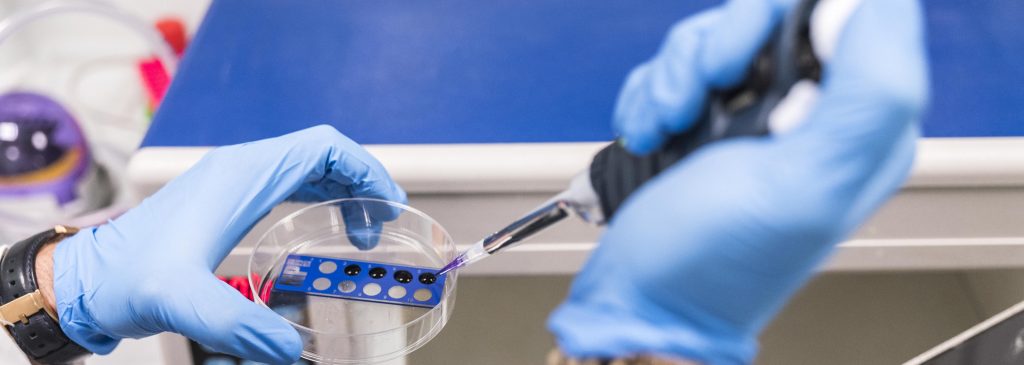Researchers at the ICGEB in Trieste and at Ferrara University have created a therapeutic strategy based on small RNAs in order to bypass the genetic defect responsible for these serious diseases still without a permanent cure.

The molecular bullets used to remedy the “oversights” of cellular mechanisms responsible for the synthesizing of proteins are described in the pages of Human Molecular Genetics, in a study funded by Telethon and by the Italian Cystic Fibrosis Association, coordinated by Franco Pagani from the International Centre of Genetic Engineering and Biotechnology (ICGEB) in Trieste.
In cooperation with the group led by Mirko Pinotti at Ferrara University, the team in Trieste has proved the potential of a therapeutic strategy based on small RNAs in treating three serious genetic diseases; cystic fibrosis, spinal muscular atrophy (SMA) and haemophilia.“This list may well become longer, because the target for these “bullets” is a fundamental cellular mechanism called splicing, which is jeopardized in so many pathologies of genetic origin,” explains Pagani. “We should think of our genes as a discontinuous sequence of information. Only a portion of its contents effectively becomes protein. When a gene is copied into messenger RNA, before it acts as the mould for proteic synthesis, some of its parts are removed by a special cellular mechanism. This is called splicing and it is important that it should take place with absolute precision.”
At times, however, due to a genetic defect, this removal does not occur correctly and therefore a defective protein is produced. That is what happens in a significant number of cystic fibrosis cases, in SMA and haemophilia, the genetic diseases researchers initially concentrated on.“In order to re-establish a correct splicing of genes that are defective in these diseases,” adds Pinotti “we have exploited small RNAs called U1 snRNA, which, if suitably manipulated by us, are capable of pairing themselves specifically with the target gene and correctly guide the mechanism responsible for splicing, thereby avoiding the removal of the parts that must instead be maintained in the mature protein. In cells the system has worked perfectly and has allowed us to re-establish sufficient levels of working protein. In the case of haemophilia, if the same degree of correction is obtained in patients, it would be well above therapeutic thresholds.”
Compared to classical gene therapy, this strategy provides the advantage of correcting the genetic defect directly in loco, leaving the gene in its context and therefore maintaining natural regulating mechanisms. Furthermore, in this manner one could potentially also treat genetic diseases caused by very serious and complex defects in genes that are not easily transported by some of the currently available vectors.Finally, this may also allow the treatment of diseases linked to dominant inheritance in which the result of a genetic defect is not the absence of a protein, but the presence of a anomalous protein with toxic effects. In these cases there is no need to provide a correct copy of the gene, but one must neutralise the damaging effects of the defective protein caused by incorrect splicing.
“Our next objective,” says Pagani “will be to further perfect this technique and verify its effectiveness also on the animal version of these diseases, carrying the small RNAs in viral vectors, the AAVs. Potentially there are many diseases of genetic origin caused by splicing problems and we hope to create a strategy that has not only a specific target but a broad sphere of activity.”